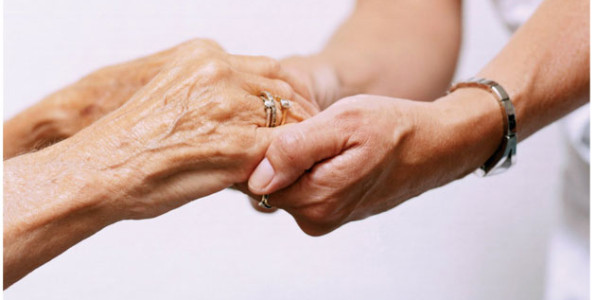Residenza Sanitaria Assistenziale (RSA): what it is and how it works

In Italian social-health field we can meet some special abbreviations, such as “RSA“. What does it mean? This acronym stands for Residenza Sanitaria Assistenziale (sanitary residence care).
What is it
The RSA is a non-hospital home for a variable period (from a few weeks to indefinitely) for dependent persons, who can not be cared for at home and in need of special medical care.
RSA can be distinguished from hospital, which is aimed at patients suffering from an acute illness, and the nursing home, which is bound to at least partially self-sufficient elderly. Here you can find a description of the various types of nursing homes in Italy.
According to the national legislation, the RSA must provide guests:
- residential home-like accommodation, while stimulating socialization among guests
- all medical interventions, nursing and rehabilitation needed to prevent and treat chronic diseases and their possible exacerbations
- a personalized assistance, geared to the protection and improvement of the levels of autonomy, to the maintenance of personal interests and the promotion of wellness.
How it is organized
The basic unit of RSA is the module or unit, which is composed by 20-25 places for the reliant elderly and 10-15 places for people with physical, mental and sensory disability. The total accommodation capacity can vary from 20 to 120 places.
In addition, some RSA have a “module Alzheimer“, ie an area dedicated to persons with cognitive and behaviour disorders.
So, according to their psychological and physical conditions, these are the guests of RSA:
– Dependent elderly (on average 4 modules of 20-25 subjects, up to a maximum of 6 modules);
– People with physical, mental and sensory disability (on average 2 modules, maximum 3 of 10-15 subjects).
There are many different models of RSA, especially variable depending on the region, as well there are also different standards of care. However, according to the general directions of the Ministry of Health, the RSA are built preferably within the existing urban fabric, in a well-connected by public transport zone.
The RSA may be public (belonging to the Municipality or the ASL), contracted private or completely private. In the same structure there can be both beds in contract, both private.
The costs, established by the entities that manage the nursing homes in agreement with the City, are partly borne by the National Health Service, in part by the City and in part to the user and his family, according to the income.
People who work there
The main figures who work in an RSA are:
- the medical director of the facility who is responsible for coordinating
- the general practitioner who provides medical care
- the nurse
- the home carer
- there may be physical therapists, occupational therapists and animators
- other health care professionals (physician, geriatrician, psychologist etc.) can be made available by the local ASL.


Share Your Thoughts!